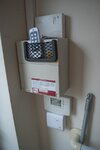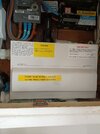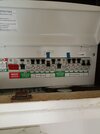The ring final can have spurs (unfused and fused) and to find out which needs some testing, in the main looking is not good enough, as some one in the past may have not followed the rules, so we have to test.
The regulations say we don't need to upgrade, but any new install must comply, and this is the main problem with old wiring, we can continue to use a non 30 mA RCD protected socket, or have a non 30 mA RCD protected cable in the wall, but to add to it, the new stuff needs the 30 mA RCD protection.
I say 30 mA as old installations often had 100 mA or 300 mA RCD's, which are no longer considered good enough.
I had this problem with my dad's house, to add I would need to use Ali-tube cable and RCD sockets as no RCD fitted, and the state of the wiring would not allow an RCD to be fitted to protect all, the house needed a rewire, which my dad would not allow, it was done after he died, but my dad thought he knew it all, and had done some very dodgy work. Sorry to say this is common with old homes.
The other problem is the standard multi-meter is not really good enough, to test low ohms we should pass at least 200 mA, and to test insulation normally 500 volt, although can use 250 volt, we can't really time 40 mS for testing RCD's without a special tester, and to measure loop impedance is extremely hard and needs a lot of maths without a loop impedance tester.
So we as DIY tend to trust to the Lord, we can do simple tests with a multi-meter, but select the wrong range on most and we can have a big bang, the type I bought my son many years ago

has no wired amp range, so reasonably safe, and it will give one a reasonable idea what is going on, but one still needs to know how to use it, the one shown cost me £35 so not too expensive, however to learn how to use it on a forum is unlikely to work very well.
The insulation tester
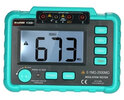
also cost me £35 for cheapest I could find new, but again it does produce 1000 volts, although can be set to 250 or 500 volt, but I would not likely to try and explain how to use one without being on site. I well remember an 'A' level physics class and how many students managed to blow the fuse in the multi-meters issued. 'A' it seems stands for advanced, but they seemed to have less know how to when I did my 'O' levels.
So what we need to do is assess how much you know, and if safe for you to attempt DIY. Can you recognise crumbling rubber insulation? It can so easy be a case where fools rush in where angles fear to tread. However pictures always help. One gets a far better idea of what one is dealing with when one sees pictures.
(once with an earth and one without)
I assume it should say one not once, but it rings alarm bells for me, and I wonder what state wiring is in the start with? To not have an earth to lights, means pre-1966, so would a 1930s bungalow have been rewired in 1966? when only 36 years old? So seems likely some very old wiring, likely old fuse boxes like these
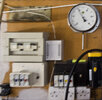
and the ring final system only came out post WW2 so may be even older, it may even have the old ELCB-v fitted,
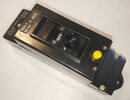
and so hard for DIY to work out the difference. I have posted this
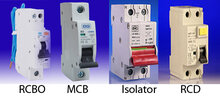
picture so many times as people have not realised what they have. So to start with lets see some pictures, one picture can be worth a 1000 words.







